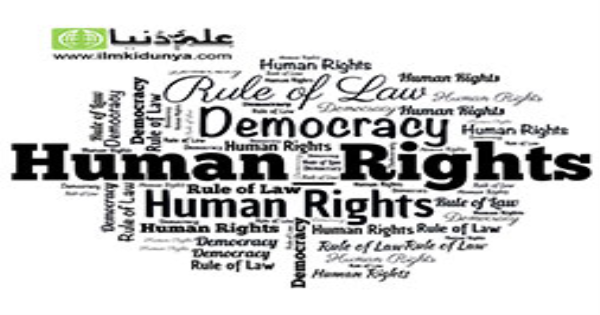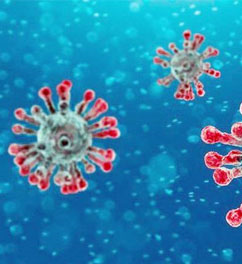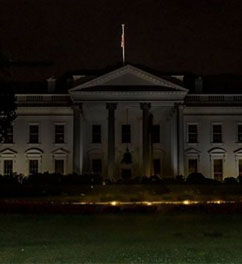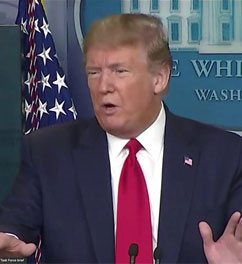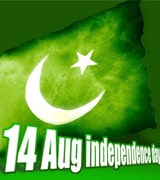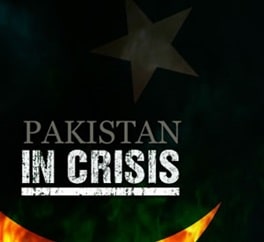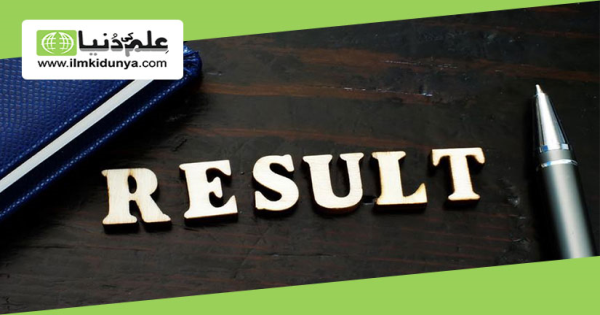This article is written to educate youth of Pakistan regarding the up coming water disaster in Pakistan, So its requested to use this life line wisely full article below.
‘Water is Life’ and we need water for life. Is there any option of life without water? You must reply; it’s out of question. As demand for water hits the limits of finite supply, potential conflicts are brewing between nations that share trans-boundary freshwater reserves. More than 50 countries on five continents might be caught up in water disputes soon. Unless, they move quickly to establish agreements on how to share reservoirs, rivers and underground water aquifers.
The article locates international water disputes, civil disturbances caused by water shortages, and potential regulatory solutions to diffuse water conflict with reference to Pakistan. In our country, 38.5 million people lack access to safe drinking water and 50.7 million people lack access to improved sanitation, according to published data. 2008, was declared as “International Year of Sanitation” by UN but Pakistan had not taken any notable action for it. We’re facing unprecedented shortage of clean drinking water and electricity due to the lowest recorded levels of water in the country's dams, according to our Meteorological Department.
A very serious issue is the mortality rate, for children under-five is 99 deaths per 1000 children, according to Global Health Council (GHC). Almost half of under-five deaths occurred due to unhealthy water in six countries with large populations: Congo, India, Nigeria, Ethiopia, China and Pakistan. Our motherland is blessed with huge water reservoirs. It is so sad to see the complex water situation in a our country who’s Indus Valley has been the center of some of the world’s greatest civilizations like, Mohenjo Daro, Harappa, Thatta and Gandhara. The social, agricultural and economic systems were based on their interactions with rivers which provided irrigation and created fertile land for farming. The houses had bathrooms that were connected to sewerage. Their elaborate drainage system was centuries ahead of their time. A well established history, tradition and system of water management and entitlements have existed, from the Indus Valley Civilization to the 1960’s Indus Water Treaty. Also, the 1991’s Water Accord which established clear entitlements for each province and for each canal command to surface waters.
Water and sanitation related diseases are responsible for 60% of the total number of child mortality cases in our country. Only diarrheal diseases causing more then 200,000 deaths of under-five years children, every year in Pakistan. Unsafe drinking water is shown to lead to poverty through time spent by women and girls to fetch ‘drinkable’ water from very long distances. The combination of unsafe water consumption and poor hygiene practices require treatments for water borne illnesses. Moreover, decreased working days also contribute to lowering of educational achievement due to reduced school attendance by children. Based on the World Bank’s report published in 2006, however, Pakistan is fast moving from being a “water stressed country to a water scarce country”. It is mainly due to its high population growth and water is becoming the key development issue. The groundwater is over-exploited and polluted in many areas. Most of the water infrastructure (even some of the major barrages) is in poor repair; the entire system of water management is not financially sustainable. After three years of this report now we are living in much more precarious situation.
The bomb of scarcity of water could explode anytime in coming months, since disputes are at peak internally and with India. According to a study, “Among the 25 most populous countries in 2009, South Africa, Egypt and Pakistan are the most water-limited nations. India and China, however, are not far behind with per capita renewable water resources of only 1600 and 2100 cubic meters per person per year. Major European countries have up to twice as much renewable water resources per capita, ranging from 2300 (Germany) to 3000 (France) cubic meters per person per year. The United States of America, on the other hand, has far greater renewable water resources than China, India or major European countries: 9800 cubic meters per person per year. By far the largest renewable water resources are reported from Brazil and the Russian Federation - with 31900 and 42500 cubic meters per person per year.” This shows Pakistan is way behind the curve of water supply and demand. One of the government’s plan called “Medium Term Development Framework 2005-2010” provides US$404 million per year for water issues. These are government spending for water supply and sanitation projects. This has been accompanied by several policy documents with the objective to improve water and sanitation coverage and quality. Availability of clean water in reasonable abundance is essential for sustaining life and improving the future of the people.
The challenges are great and the stakes are very high. Failure simply, is not an option. The problems we are facing today are huge. Serious and organized initiative by a tiny percentage of Pakistan's large middle class of at-least 40-50 million people can begin to make a difference. We should owe it to ourselves and our poor brethren to step up and take responsibility for the improvement of the situation of the most vulnerable citizens of the country. We should create immense awareness in common people to stop wasting water and use it as our life line. We must persevere by taking one step after another until we see positive results.
“The journey of a thousand miles begins with a single step”. We have to take this ‘single step’ today! The writer as a fellow of Indus Foundation for Human Development has conducted researches and public awareness campaigns on water scarcity and pollution. He was Pakistan’s project coordinator in environmental education project “Water for Life” an initiative of International Award Association UK and Oz-GREEN Australia.
The writer is a Trainer on Environment and Director Quaid Colleges Lahore.
Husnain Haider








.gif)








